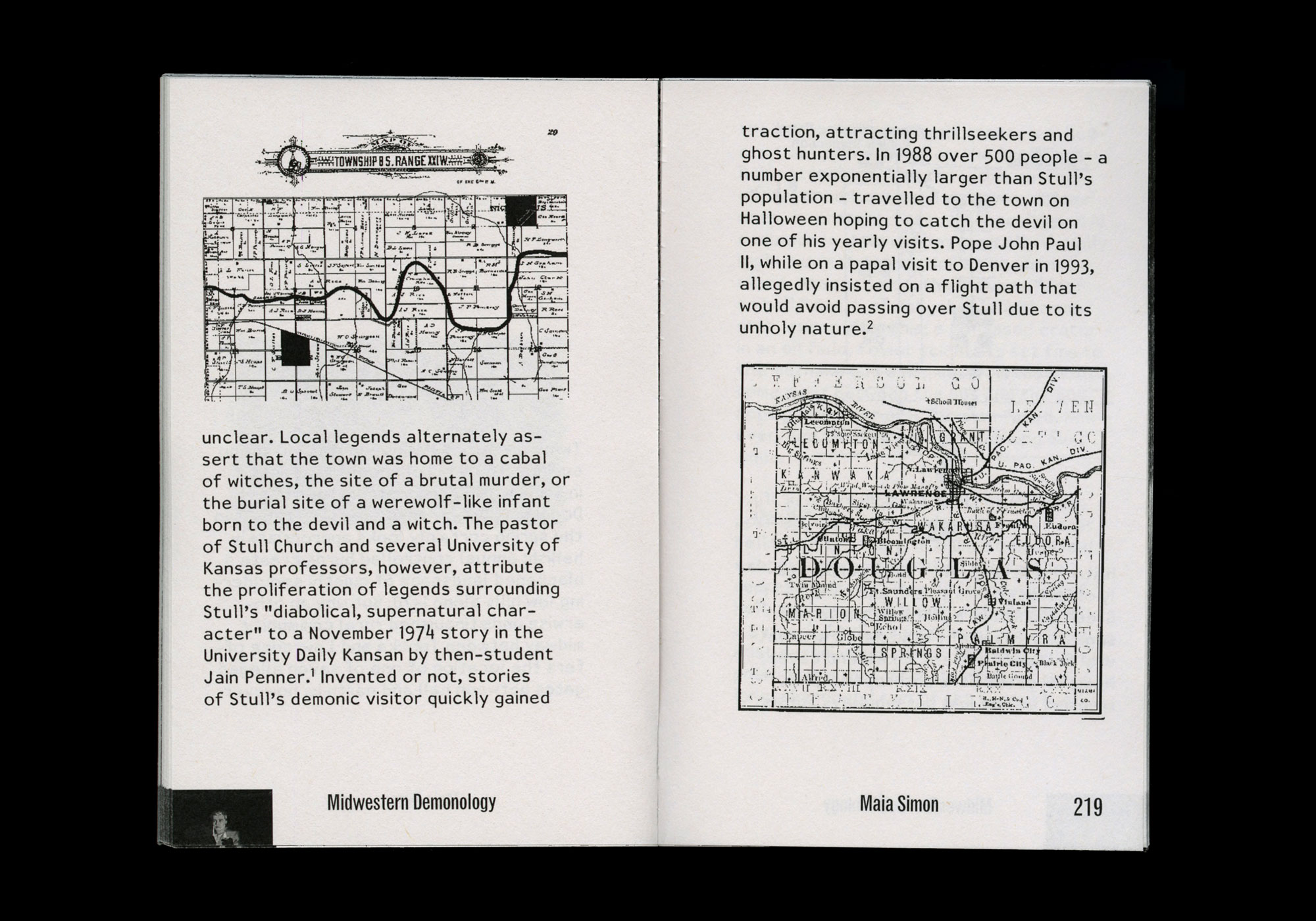Architecture of the Indimensionable
Architects are nothing if not prodigious dimensioners of space. Their drawings take the unruly world and submit it to the disciplinary hand of metrology: twenty foot column bays, sixteen inches on center between studs, details specified to the millimeter. All that dimensioning serves a purpose. These carefully orchestrated measures form an inside and an outside; follow the seal of a window detail, nothing is getting past that line. Or so architects like to think. But as even the most casual of horror fans knows, such security is only ever an illusion: the more pristine your house in the suburbs, the more ghastly is its past; despite your barricades, the ghouls are smashing through the windows; and that dead body you’ve hidden beneath your floorboards will rise up to haunt your dreams.
For despite architects’ allegiance to the hard logic of lines and tape mea- sures, there is an indimensionable aspect to space—and in the indimen- sionable, not all is as it seems. A door is not just a door but a creaky threshold between worlds. A corridor does more than cut into a building’s rentable space, it provides passage for who knows how many unwanted travelers. Turn the light on in your basement, the darkness is gone but not its undead inhabitants. What do you see there, lurking in the boiler room? Rulers aren’t useful for charting out the indimensionable; instead one must pay attention to gut feelings. And arm hairs. Are they standing straight? That shadowy corner may have just inexplicably become a hell mouth, you better get out of this building quickly, its plans have changed.
This book explores these horrific spatial unknowns. It gathers together a collection of essays, interviews and drawings sourced from experts in the indimensionable: haunted house designers, ghost hunters, horror writers and those rare architectural practitioners who aren’t afraid to cast their eyes towards terrors they cannot meter. It has a page count and a table of contents. It is exactly 4.625 x 7 x .75 inches. But we can never truly dimension the horrors that will spring forth from its pages . . .
A collaboration with Hyung Cho, Nicholas Miller, Stephen Rodriguez and Ethan Zisson. Architecture of the Indimensionable is the first product put out by Familiar Strangers, a small press dedicated to venturing outside of traditional knowledge networks to explore what lessons nonprofessional practioners—with an emphasis on experts in horror and other speculative genres—may have for designers of the built environment.










< >